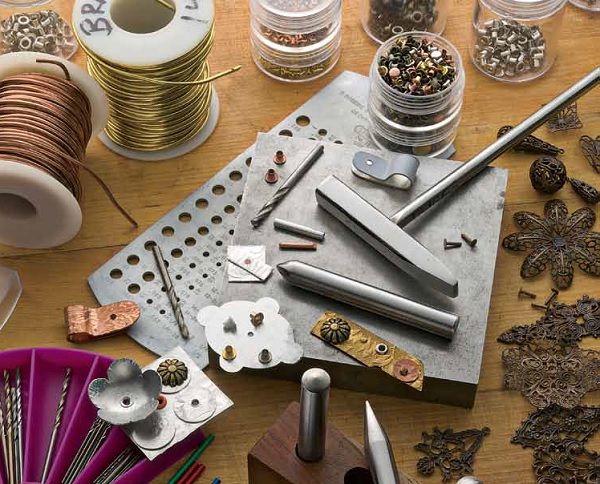Metals play a critical role in the creation of contemporary jewelry by affecting appearance, durability and cost. These metals are called base metals which are used in the jewelry industry. In metal working, base metals are any metal that is not one of the noble or precious metals.

Alloy
Alloy is made by mixing two or more metallic elements, especially to give greater strength or resistance to corrosion.
Brass
Brass is a bright shiny copper and zinc alloy that’s gold color. It will tarnish and turn brown overtime as a reaction to air and moisture.
Copper
Copper is a reddish gold metal that patinas to a warm brown but can also take on a green patina with oxidation.
925 Sterling Silver
To be called 925 Sterling Silver, the metal must possess at least 92.5% pure silver, but mixing with the other components (often coppen, nickel or zinc), 925 sterling silver, even real, 925 sterling silver, will tarnish. Over time any 925 sterling silver jewelry piece exposed to air will tarnish, even faster in areas with high humidity and air pollution. When mixed with copper, 925 sterling silver will tarnish and may fire scale, because the copper reacts to moisture and sulfur in the air, causing the tanishing reaction. Regardless, 925 sterling silver is considered a standard among silver grades and provides strength to ensure that pieces like silver bracelets, rings and necklaces can withstand regular use. Storing your 925 sterling silver in special pouches or even little baggies will help retard the tarnish.
Stainless steel
Stainless steel resembles platinum and costs significantly less than most any other precious metal. Stainless steel jewelry is commonly used for more casual, street wear style pieces. This type of metal is strong and durable.
